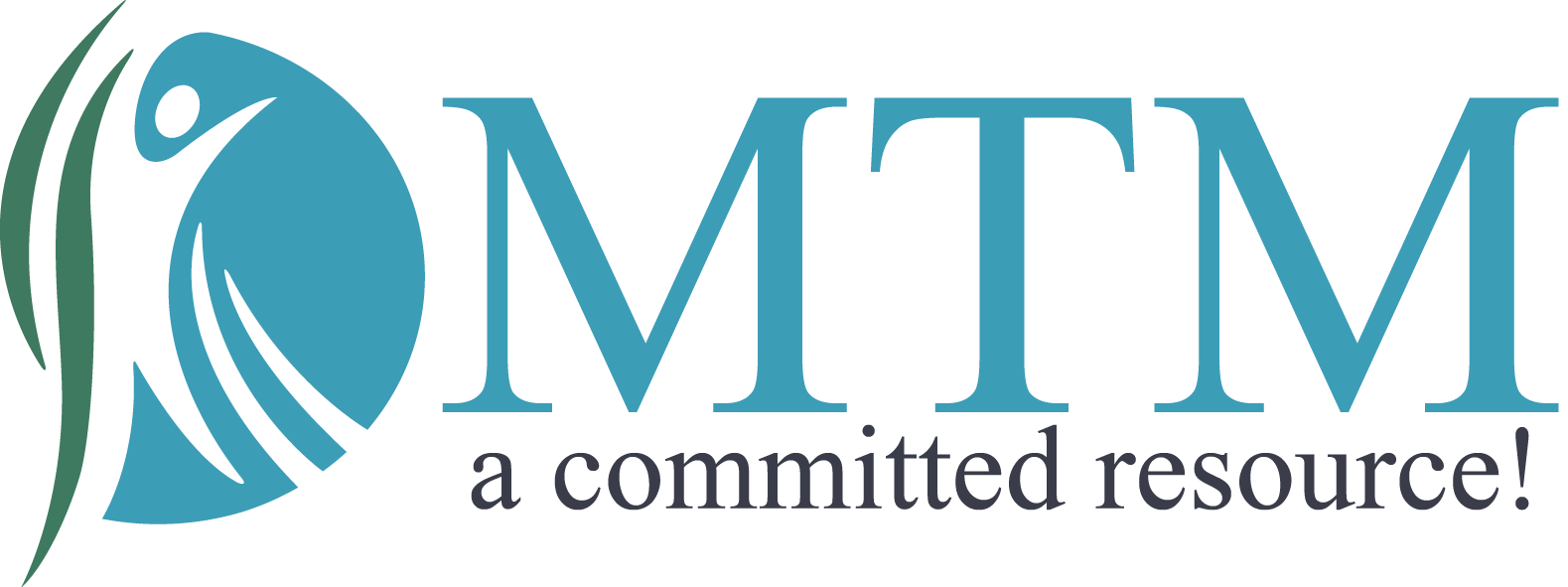Sedgwick Workers’ Comp Payments: Why “Paid” Doesn’t Always Mean Paid
Why workers’ comp providers struggle to get paid when TPAs like Sedgwick reroute reimbursements through third-party vendors — and what it means for billing compliance.
Workers’ compensation providers across California face a growing problem: Sedgwick claims bills are “paid,” but the actual money never reaches the provider. Instead, payments are rerouted to third-party vendors, leaving practices with unpaid receivables and endless administrative headaches.
This issue has been widely documented — most notably by DaisyBill, which has submitted hundreds of thousands of written complaints to California’s Division of Workers’ Compensation (DWC) and the Workers’ Compensation Appeals Board (WCAB). Yet despite the evidence, little has changed.
How Sedgwick Creates the Illusion of Payment
- Payments Sent to Third-Party Vendors
Rather than paying the provider directly at the W9 address on file, Sedgwick often issues checks to vendors such as Careworks or Apricus. These vendors deposit the checks, while providers are told to contact them separately to track down reimbursement. - False Timeliness Reporting
Since a check is technically issued and cashed, Sedgwick records the bill as “paid on time.” But the provider hasn’t been paid — creating an illusion of compliance while practices remain unpaid for services already delivered. - Improper PPO Discounts
Some bills, particularly Med-Legal bills, are unlawfully reduced with PPO discounts. By law, Med-Legal services must be reimbursed at the Official Medical Fee Schedule (OMFS) rate with no reductions. These invalid deductions leave providers underpaid with limited recourse.
Why This Matters to Providers
- Cash Flow Disruption – Providers wait weeks or months for payments that never arrive in their bank account.
- Administrative Burden – Billing teams waste hours chasing down vendors instead of focusing on patient care and revenue cycle efficiency.
- Regulatory Loophole – Because Sedgwick records the bills as “paid,” penalties and late fees often don’t apply.
- Systemic Erosion – These practices discourage providers from participating in workers’ comp networks, ultimately limiting access to care for injured workers.
What Industry Advocates Are Saying
DaisyBill, a compliance-focused billing advocate, has been extremely vocal about Sedgwick’s tactics.
Their reporting shows:
- Bulk payments sent to vendors covering hundreds of unrelated claims.
- Invalid PPO deductions applied against California law.
- Providers left without effective remedies like Independent Bill Review (IBR).
Despite hundreds of thousands of audit complaints filed with WCAB, regulators have yet to enforce meaningful change.
What Providers Can Do
Until reforms are made, providers must take proactive steps:
- Audit Payments Closely – Don’t accept “paid” at face value. Always verify who actually received the check.
- Request Cleared Check Copies – The back of the check reveals whether funds went to a vendor instead of your practice.
- Challenge Invalid PPO Discounts – Document instances where Med-Legal or non-PPO services are reduced.
- File Audit Complaints – Continue reporting non-compliance to DWC to build pressure for change.
Final Word
In workers’ compensation billing, “paid” should mean the provider actually received payment — not that a third-party vendor cashed the check.
Sedgwick’s practice of rerouting reimbursements undermines provider trust and threatens the stability of the workers’ comp system. Until regulators step in to enforce compliance, providers must remain vigilant, document every discrepancy, and push back against these practices.
Because in today’s workers’ comp environment, “paid” doesn’t always mean paid.
ALSO READ
If you’re battling delayed or denied payments, our guide on getting paid on denied Work Comp liens walks you through the AME/QME process and securing payment.
This illustrates why a strong billing and collections strategy—like those discussed in our guide to mastering Work Comp billing and collections—is more vital than ever
To tighten your practice’s billing workflow, consider the enhancements we recommend to refine operations and strengthen revenue flow.
Stay updated with the latest insights and news in medical billing services and workers' compensation billing and collections. Enter your email below to subscribe to our blog
Most Recent Articles






